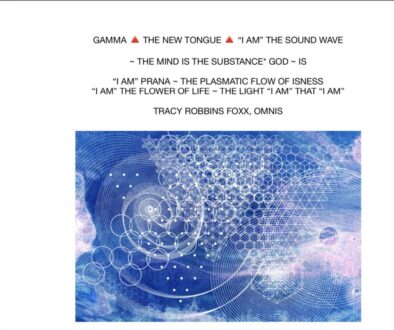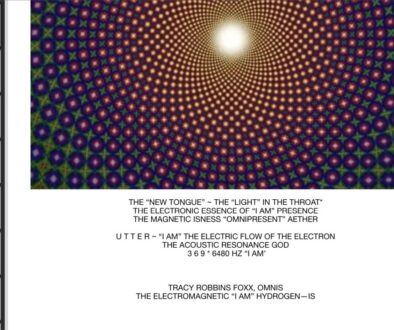ILLUMINATIONS ~ SEE ?⚫️?
?⚫️?
The inside lining of the eye is covered by special light-sensing cells that are collectively called the retina. It converts light into electrical impulses. Behind the eye, your optic nerve carries these impulses to the brain. The macula is a small extra-sensitive area in the retina that gives you central vision.
I AM ~ THAT ~ I AM
Behind the iris and pupil lies the lens, that focus light on the back of your eye. The the eye is filled with a clear gel called the vitreous. Light projects through your pupil and lens to the back of the eye.
I AM ~ THAT ~ I AM
Eyes are organs of the visual system. They provide organisms with vision, the ability to receive and process visual detail, as well as enabling several photo response functions that are independent of vision. Eyes detect light and convert it into electro-chemical impulses in neurons.
I AM ~ THAT ~ I AM
Light is focused primarily by the cornea— the clear front surface of the eye, which acts like a camera lens.
______
The iris of the eye functions like the diaphragm of a camera, controlling the amount of light reaching the back of the eye by automatically adjusting the size of the pupil (aperture).
______
The eye’s crystalline lens is located directly behind the pupil and further focuses light. Through a process called accommodation, the lens helps the eye automatically focus on near and approaching objects, like an autofocus camera lens.
______
Light focused by the cornea and crystalline lens then reaches the retina— the light-sensitive inner lining of the back of the eye. The retina acts like an electronic image sensor of a digital camera, converting optical images into electronic signals. The optic nerve then transmits these signals to the visual cortex— the part of the brain that controls our sense of sight.
______
https://www.etymonline.com/word/eye#etymonline_v_14139
(google)



